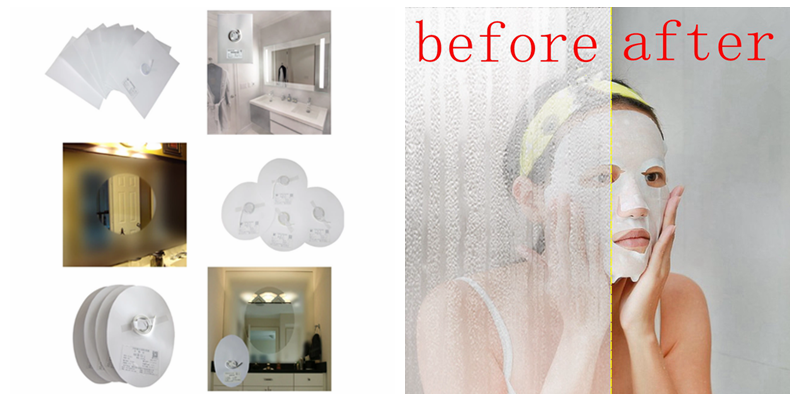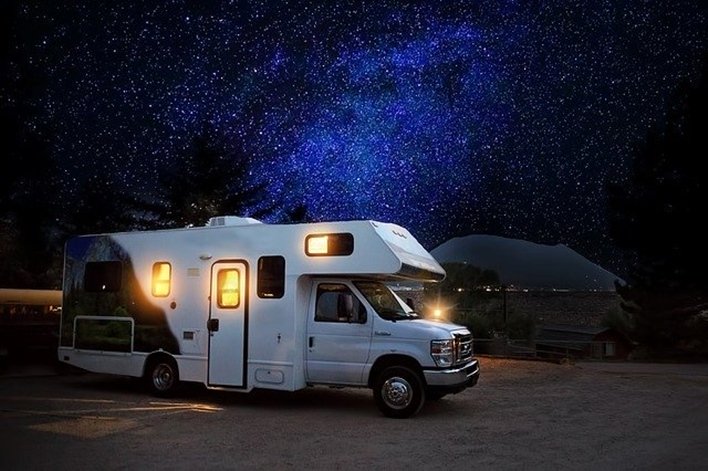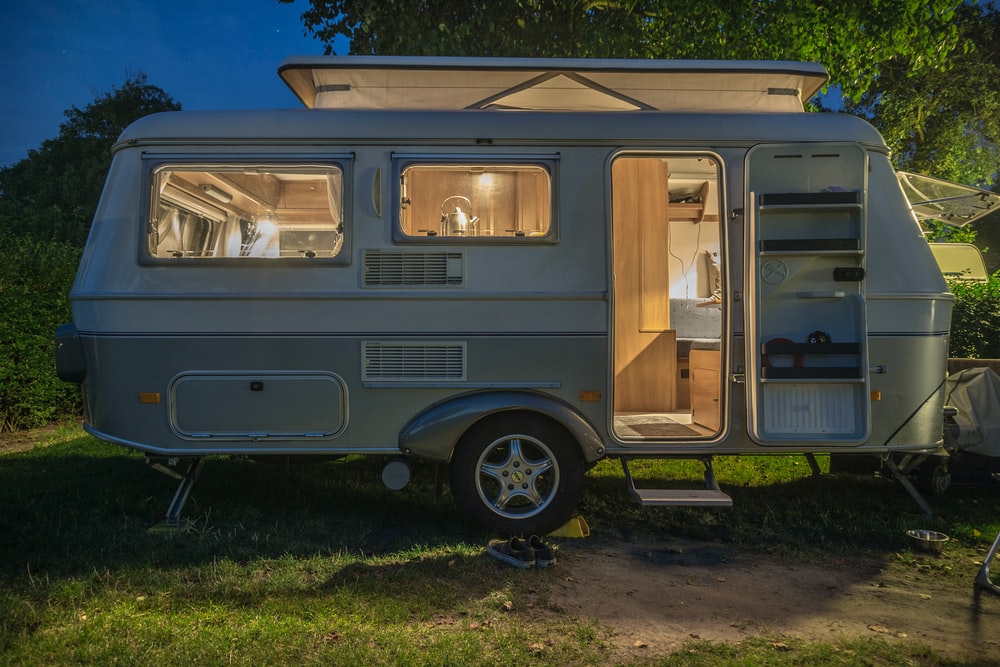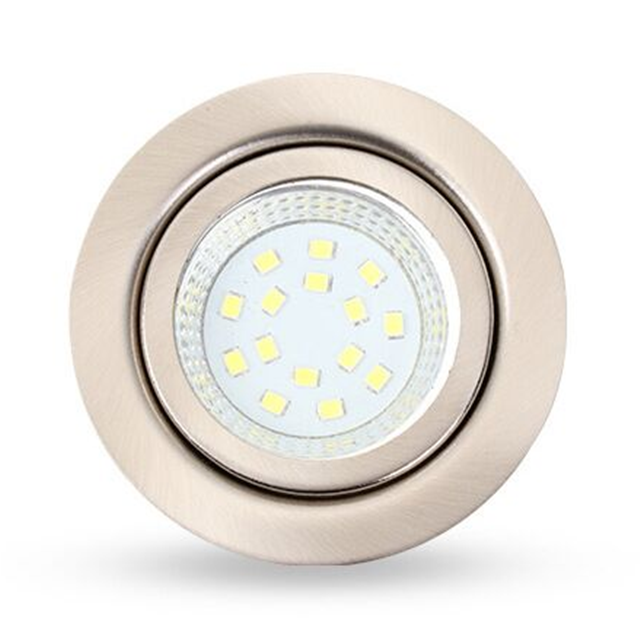Introduced in the 1970s as a safety measure, DRLs have increased in popularity ever since. However, their popularity and usefulness has been debated for decades.
Daytime running lights have become most popular in countries located further north, where there is less light (especially in winter). It makes sense, then, that countries such as Sweden, Norway, Iceland, Denmark and Canada were among the first to require DRLs on all vehicles. In these countries, multiple studies conducted since the 1970s have shown that the addition of daytime running lights does reduce accidents.
In other countries, however, DRLs are not as popular. For a time, several US states banned the use of these lights entirely. In the 1990s, the car manufacturer GM pushed to include DRLs on all vehicles in the US. This was met with resistance, but eventually government regulations allowed cars with daytime running lights to be driven on US roads.
There were similar mixed reactions in the UK when daytime running lights became popular in other European countries. From 2011, all new vehicles are required to have daytime running lights.
Safety concerns
Although daytime running lights are intended to make the road safer for all drivers and pedestrians, there are many critics who argue that they do the opposite.
The biggest concern for many drivers is the brightness of DRLs. Even though brightness regulations are put in place by each country, some groups have argued that these standards are too high, and that some DRLs are allowed to be as bright as headlights.
These bright lights could potentially blind other drivers. In theory, daytime running lights should be dim in comparison to your headlights, but this isn't always the case. Additionally, DRLs on larger vehicles are more likely to be placed higher up, meaning that they could shine directly into the eyes of other drivers.
Another argument commonly made is to do with geographical location. A lot of DRL critics live in the US or the UK, and they think that they're less necessary in countries further north. In the US/UK, there's more sunlight in the day, which obviously makes DRLs less useful. Considering the potential safety hazards caused by daytime running lights, certain groups have lobbied to ban them.
In reality, there is some truth in the idea that DRLs aren't needed in certain locations. Some studies have shown that daytime running lights are three times more effective at reducing accidents in Nordic countries that in the US, for example. Still, there is no evidence to suggest that daytime running lights are harmful in any way.
-
 How to Install Heat Pad on Mirror?
How to Install Heat Pad on Mirror?Do you like ?0
Read more -
 Why LED Lights are Perfect for RVs & Boats?
Why LED Lights are Perfect for RVs & Boats?Do you like ?0
Read more -
 How Good Anti-fog Film for Mirror!
How Good Anti-fog Film for Mirror!Do you like ?0
Read more -
 How do you choose which lights to buy for your RV’s interior?
How do you choose which lights to buy for your RV’s interior?Do you like ?0
Read more -
 What Are the Most Common Interior Lights Used by RV Manufacturers?
What Are the Most Common Interior Lights Used by RV Manufacturers?Do you like ?0
Read more -
 Do You Know The Great Uses for Puck Lights?
Do You Know The Great Uses for Puck Lights?Do you like ?0
Read more






